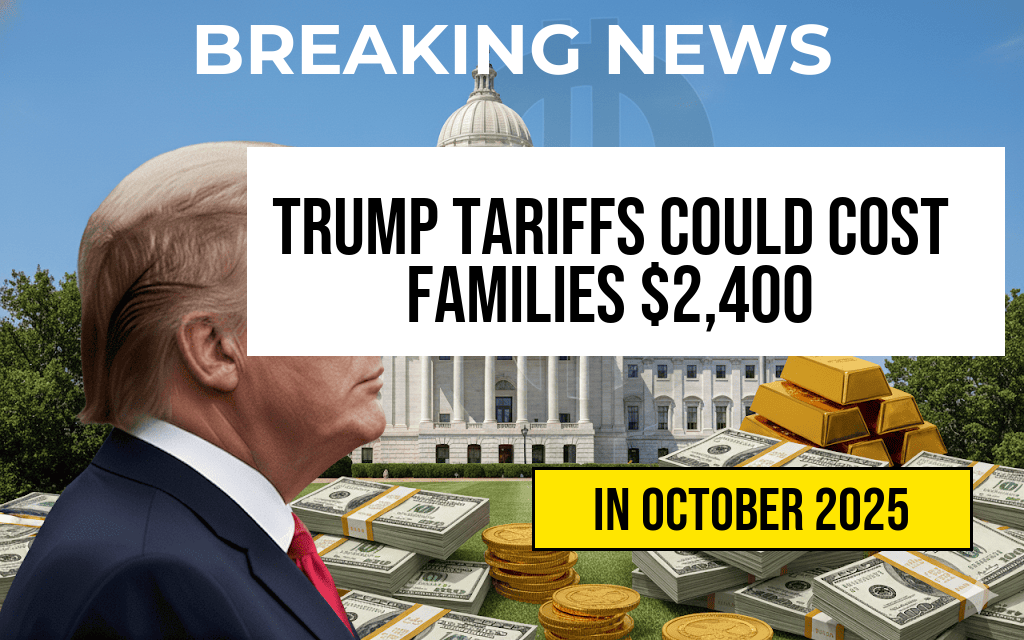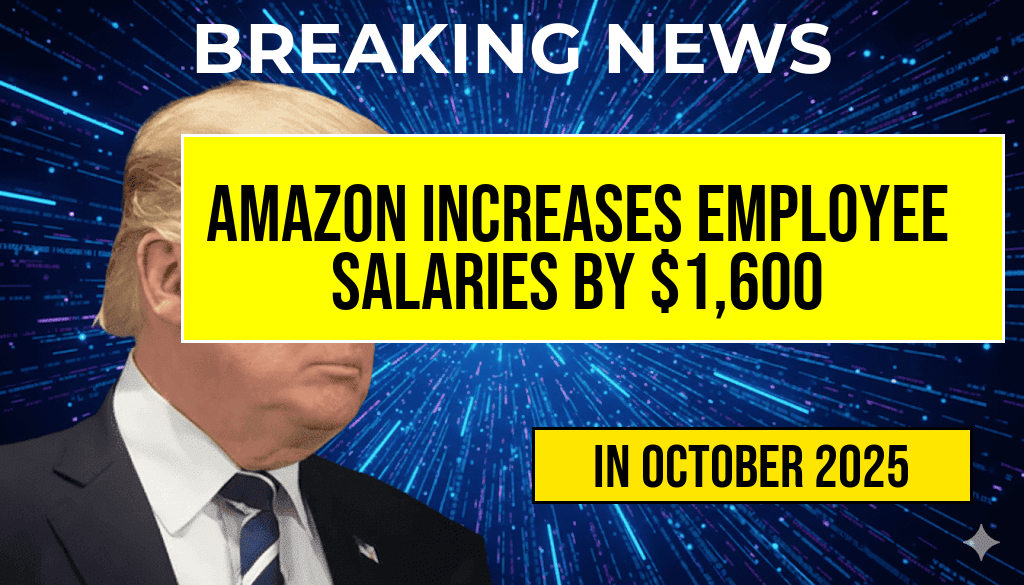Recent policy proposals and economic forecasts indicate a potential downturn for the middle class in the United States, with analysis suggesting that average household incomes could decline by approximately $1,300 in 2027. This projection emerges amidst debates over tax reforms, healthcare adjustments, and social welfare funding, raising concerns about the financial stability of millions of middle-income Americans. As policymakers deliberate on these changes, experts warn that such shifts could exacerbate income inequality, pressure household budgets, and slow overall economic growth. The implications extend beyond individual families, potentially influencing consumer spending, housing markets, and labor markets nationwide.
Economic Projections and Policy Changes Fueling Concerns
Forecasted Income Decline and its Underlying Causes
| Policy Aspect | Expected Effect |
|---|---|
| Tax Reforms | Potential increase in income taxes for middle earners, reducing disposable income |
| Healthcare Adjustments | Possible reductions in subsidies or increased premiums, raising household expenses |
| Social Welfare Funding | Decreased support programs, impacting families relying on assistance |
Economic analysts from institutions like the U.S. Census Bureau and financial think tanks project that these combined policy shifts could shave approximately $1,300 from the median household income of middle-class families in 2027. This figure is based on detailed modeling of income distributions, tax impacts, and expenditure patterns, emphasizing the fragile financial equilibrium many households currently navigate.
Potential Repercussions for American Households
Financial Strain and Consumer Spending
With less income at their disposal, middle-class families may face increased financial strain, leading to reduced discretionary spending. Retailers, real estate markets, and service providers could experience downturns as consumer confidence wanes. Historically, declines in household income have correlated with slower economic growth, making the middle class a crucial component of national economic stability.
Housing Market and Retirement Planning
Reduced income levels might hinder homeownership prospects for many families, potentially slowing down housing market activity. Additionally, diminished savings could impact retirement planning, increasing reliance on social security and government programs in later years. Experts warn that such trends could widen the wealth gap, making upward mobility more challenging for future generations.
Policy Debates and Political Implications
Divided Perspectives on Proposed Changes
- Supporters argue that reforms aim to balance fiscal responsibility with economic growth, emphasizing the need to reduce government deficits and streamline social programs.
- Opponents contend that these policies disproportionately burden middle-income households, jeopardizing economic mobility and exacerbating inequality.
Legislative Outlook and Public Response
The proposals have sparked intense debate in Congress, with some lawmakers advocating for protective measures for middle-income earners, such as targeted tax credits or expanded subsidies. Public opinion remains divided, with surveys indicating a growing concern among middle-class voters about their financial futures. As negotiations continue, the potential for policy adjustments remains, but the threat of income reduction persists if current plans proceed unaltered.
Broader Economic Context and Historical Parallels
Comparisons with Past Economic Shifts
Historical data shows that periods of policy-induced income compression often lead to broader economic repercussions. The 1980s, for example, saw tax reforms that initially reduced disposable incomes but aimed to stimulate growth. However, the long-term effects varied, with some analyses indicating increased inequality and reduced consumer confidence. Experts suggest that similar patterns could emerge if current proposals are enacted without safeguards for middle-class stability.
External Factors Influencing the Outlook
- Global economic uncertainties, including trade tensions and geopolitical risks, could compound domestic challenges.
- Inflation rates and labor market shifts will also play critical roles in determining the actual impact on household incomes.
For middle-class Americans, the prospect of a $1,300 income reduction in 2027 underscores the importance of vigilant policy analysis and advocacy for economic measures that prioritize broad-based prosperity. As the nation navigates these complex issues, the emphasis remains on balancing fiscal health with the economic well-being of its middle-income families, who form the backbone of the country’s economic resilience.
Frequently Asked Questions
What is the main concern highlighted in the article regarding the middle class?
The article discusses how new policies could threaten the financial stability of the middle class by potentially reducing their average income by $1,300 in 2027.
How are the new policies expected to impact the middle class income?
The policies are projected to lead to a decrease in average income for the middle class by approximately $1,300 in 2027, which could affect their standard of living.
What specific policies are causing concern for the middle class?
The article highlights policies related to tax reforms, welfare cuts, and regulatory changes that are believed to reduce income levels among middle-income households.
Who will be most affected by these policy changes?
The middle-income families are expected to be most impacted, as they may experience significant income reduction and potential challenges to maintaining their current standard of living.
What can the middle class do to prepare for these potential changes?
To mitigate potential impacts, the middle class is advised to consider financial planning, saving strategies, and staying informed about policy developments that could affect their income.






